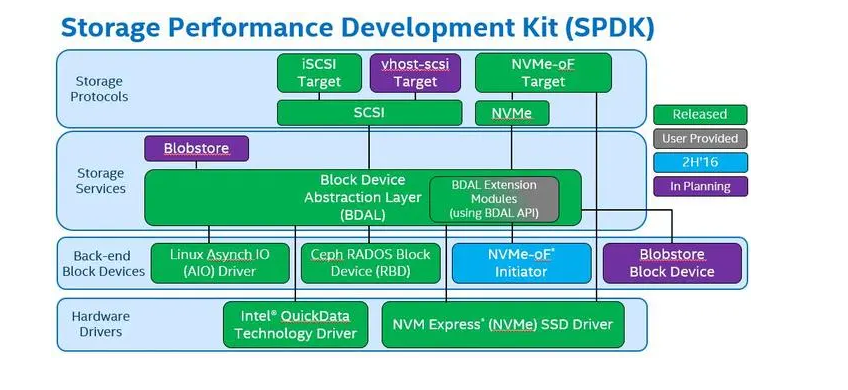The sediment dynamics of Hangzhou Bay in China, a macro-tidal estuary, have been thoroughly studied using a fully validated 3D sediment model that considers high turbidity, flocculation, and water-sediment density coupling. Theoretical research indicates that changes in sediment flux are influenced by flow velocity, suspended sediment concentration (SSC), and sediment diffusion. Numerical results demonstrate an anticlockwise sediment flux near the surface and bottom levels in the horizontal plane with sediment moving into or out of the bay along the northern or southern banks. The circulation and sediment flux in the curvature of Andong tidal flat (AD) show similar magnitudes in both the along-estuarine and lateral directions. Sediment moves towards the southern or northern bank near the bottom or surface level in this curvature. Lateral circulation is mainly induced by bottom friction, nonlinear advection, and centrifugal force while Coriolis force and sediment-induced baroclinic process play smaller roles. The distribution of instantaneous and tidally averaged net sediment fluxes in the curvature is controlled by lateral circulation combined with SSC profiles. Tidally averaged net sediment flux flows southward along a section in AD. Increased curvature of channel bends at AD enhances southward sediment fluxes primarily by modulating the effects of centrifugal force, nonlinear advection, and Coriolis force on lateral circulation and SSC. These findings are fundamental to understanding geomorphological evolution in macro-tidal turbid estuaries.
The sediment dynamics in the macro-tidal Hangzhou Bay, China, have been studied through a fully validated 3D sediment model by considering high-turbidity, flocculation, and water-sediment density coupling. Theoretical study indicates that changes ...
本站部分文章来源于网络,版权归原作者所有,如有侵权请联系站长删除。
转载请注明出处:http://sdn.0voice.com/?id=881
下一篇
有关于计算机的常用协议缩写和介绍
发表列表
评论列表
还没有评论,快来说点什么吧~





















